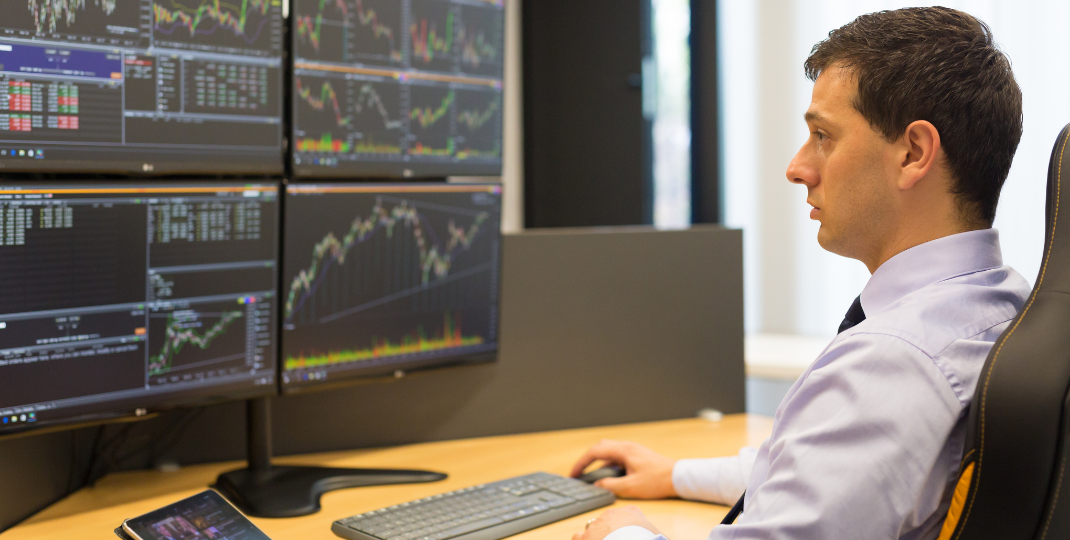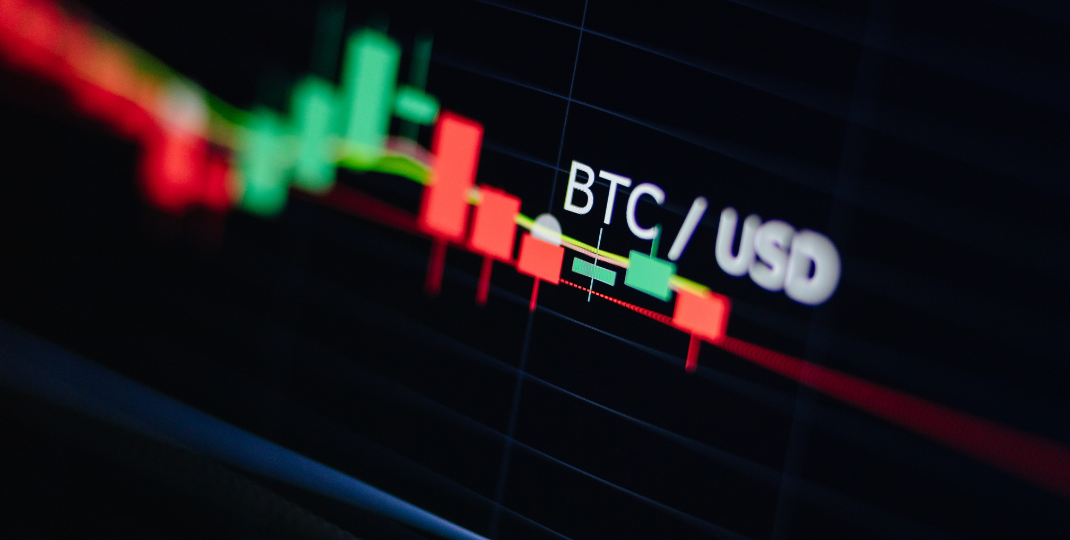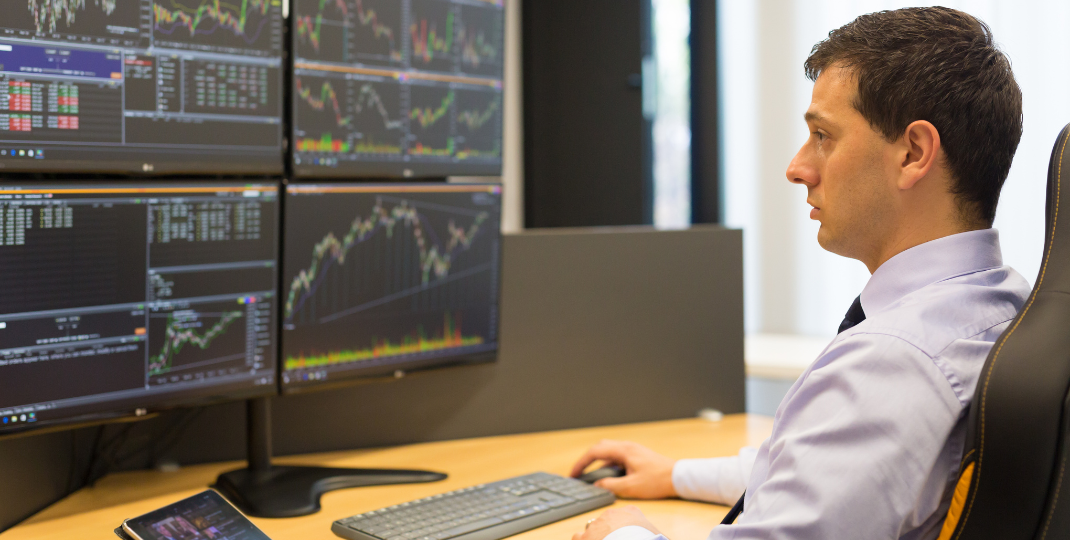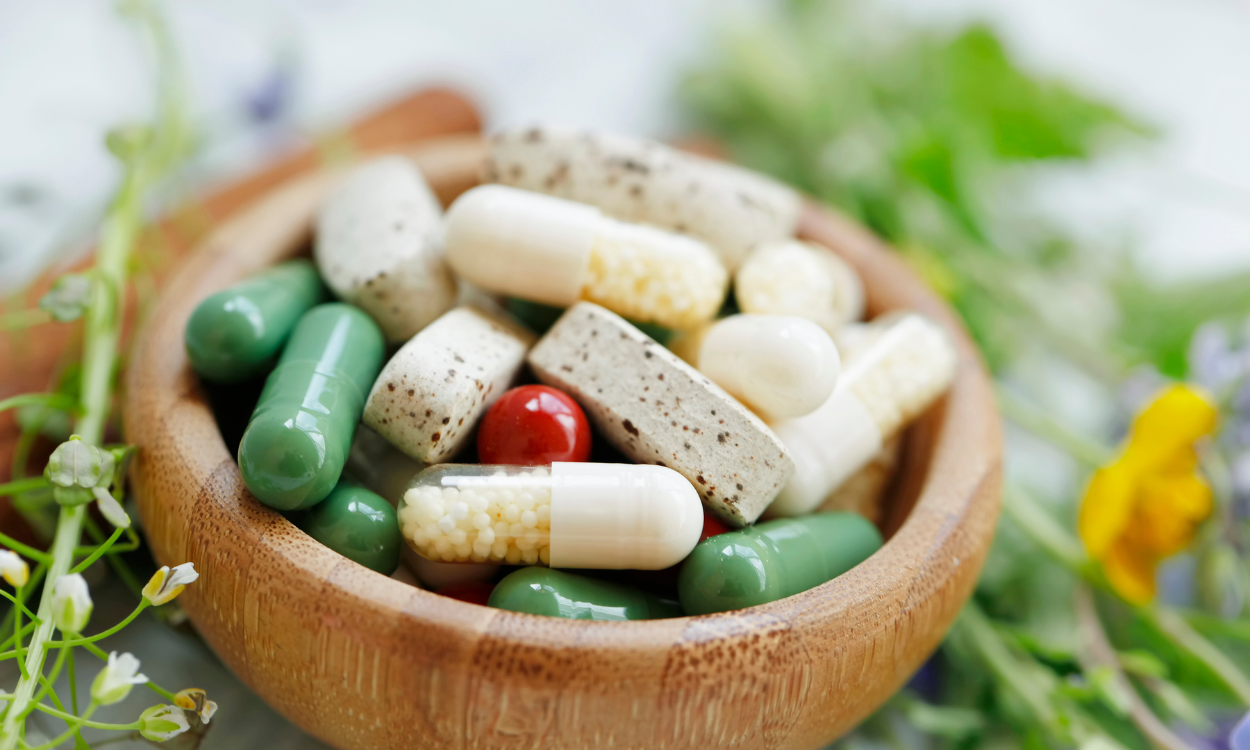Recombinant Proteins are a class of proteins that are produced through genetic engineering techniques. By inserting a specific gene or genes into a host organism, scientists can manipulate the organism's cellular machinery to produce large quantities of the desired protein. This technology has revolutionized the field of biotechnology and has numerous applications in medicine, agriculture, and industry. Recombinants have enabled the production of therapeutically important molecules such as insulin, growth factors, and antibodies, which were previously limited by availability and cost. The ability to produce these proteins in large quantities has not only improved patient care but also advanced our understanding of biological processes and opened up new avenues for research and development.

What is the process of producing Recombinants?
The process of producing Recombinants involves several steps. First, the gene encoding the desired protein is identified and isolated. This gene is then inserted into a vector, such as a plasmid, which can be easily manipulated in the laboratory. The vector containing the gene is then introduced into host cells, such as bacteria or yeast, through a process called transformation. Once inside the host cells, the vector replicates and expresses the gene, leading to the production of the recombinant protein. The protein can then be purified and further characterized for various applications, such as therapeutic use or research purposes.

How do researchers determine the optimal conditions for protein expression?
Researchers determine the optimal conditions for protein expression by conducting experiments and analyzing various factors that can affect protein production. They typically start by selecting a suitable expression system, such as bacterial, yeast, or mammalian cells, based on the nature of the protein and the desired quantity. Then, they explore different growth media, temperature, pH, and induction strategies to optimize protein production. The researchers monitor protein expression levels at different conditions using techniques like SDS-PAGE, Western blotting, or quantitative assays. By systematically varying the conditions and evaluating the results, researchers can identify the ideal combination of factors that maximize protein expression, leading to higher yields and better quality proteins.
What are the challenges in purifying and characterizing Recombinants?
Purifying and characterizing Recombinants present several challenges. Firstly, the production of Recombinants often involves their expression in host organisms such as bacteria, yeast, or mammalian cells. The purification process must therefore overcome the presence of impurities, such as host cell proteins, nucleic acids, or endotoxins, that can co-purify with the target protein. Secondly, Recombinants may undergo post-translational modifications (PTMs) during expression, which can affect their structure, stability, and biological activity. Characterizing these PTMs requires specialized techniques, such as mass spectrometry, to fully understand the functional properties of the protein. Additionally, Recombinants may have low expression levels, poor solubility, or be prone to aggregation, making it challenging to obtain sufficient quantities of pure protein for analysis. Overall, the challenges in purifying and characterizing Recombinants lie in efficiently separating them from contaminants, elucidating their PTMs, and overcoming limitations in their expression and solubility.
What are the potential applications of Recombinants in medicine?
Recombinants have wide-ranging applications in medicine. They can be used as therapeutic agents to treat various diseases, such as insulin for diabetes or erythropoietin for anemia. Recombinants are also used in the development of vaccines, where they can be used to stimulate an immune response and protect against infectious diseases. Additionally, Recombinants play a crucial role in diagnostic tests, as they can be used to detect specific biomarkers of diseases. Furthermore, Recombinants are valuable tools in research and drug discovery, allowing scientists to study the function of specific proteins and develop targeted therapies. Overall, the potential applications of Recombinants in medicine are vast and continue to expand with advancements in biotechnology.
How do Recombinants compare to naturally occurring proteins?

Recombinants are proteins that are produced through genetic engineering techniques, where the DNA sequence encoding for a specific protein is inserted into a host organism, such as bacteria or yeast, to produce the desired protein. In comparison to naturally occurring proteins, Recombinants can be produced in larger quantities and with higher purity, allowing for more consistent and controlled production processes. Additionally, Recombinants can be modified to enhance their stability and functionality, opening up possibilities for various applications in medicine, research, and industry. However, due to the artificial nature of their production, Recombinants may exhibit subtle structural and functional differences compared to naturally occurring proteins, which can influence their activity and interactions in biological systems.

What factors influence the stability and activity of Recombinants?
Several factors influence the stability and activity of Recombinants. One crucial factor is the choice of expression system, as different systems can have varying effects on protein folding, post-translational modifications, and overall yield. The protein's amino acid sequence also plays a significant role, as certain sequences may result in improved stability or solubility. The purification process is another critical factor, as harsh conditions during purification can denature or aggregate the protein. Proper storage conditions, such as temperature, pH, and presence of stabilizing agents, are essential to maintain protein stability over time. Additionally, the presence of metal ions, cofactors, or other ligands can impact protein activity by influencing its structure or binding capabilities. Overall, understanding and optimizing these factors are crucial for producing stable and active Recombinants for various applications.
Are there any safety concerns associated with the use of Recombinants?
Yes, there can be safety concerns associated with the use of Recombinants. One major concern is the possibility of allergic reactions or immune responses in individuals who are exposed to these proteins. Since Recombinants are often derived from non-human sources, they may contain foreign epitopes that can trigger an immune response. Another concern is the potential for contamination during the production process, which could lead to the presence of harmful substances or pathogens in the final product. Additionally, there is a risk of unintended side effects or toxicities due to the altered structure or function of the recombinant protein. Therefore, careful assessment and monitoring of the safety profile of Recombinants is necessary to ensure their safe use in various applications including therapeutics and biotechnology.

What are the limitations of current techniques for producing Recombinants?

Current techniques for producing Recombinants have a few limitations. One limitation is the low expression levels of Recombinants, especially in eukaryotic systems, which can result in low yields and inefficient production. Additionally, the purification process can be challenging due to the presence of impurities, such as host cell proteins or endotoxins, which can contaminate the final product. Another limitation is the potential for improper folding, which can lead to reduced biological activity or even protein aggregation. Furthermore, certain proteins may require post-translational modifications that are difficult to achieve in heterologous expression systems. These limitations highlight the need for continued research and development to improve the efficiency, yield, purity, and functionality of recombinant protein production techniques.
The Significance and Potential of Recombinant Protein in Biotechnology
In conclusion, recombinant protein technology has revolutionized the field of biotechnology and has become an integral tool in various industries, including medicine, agriculture, and research. This technology allows for the production of large quantities of pure and functional proteins that were previously difficult to obtain. Recombinants have played a crucial role in the development of therapeutic drugs, such as insulin and growth factors, as well as in the production of enzymes and biofuels. Moreover, they have facilitated advancements in genetic engineering, structural biology, and vaccine development. With continued advancements in recombinant protein technology, we can expect further breakthroughs in the understanding and treatment of diseases, as well as innovations in various fields that will improve our quality of life.
